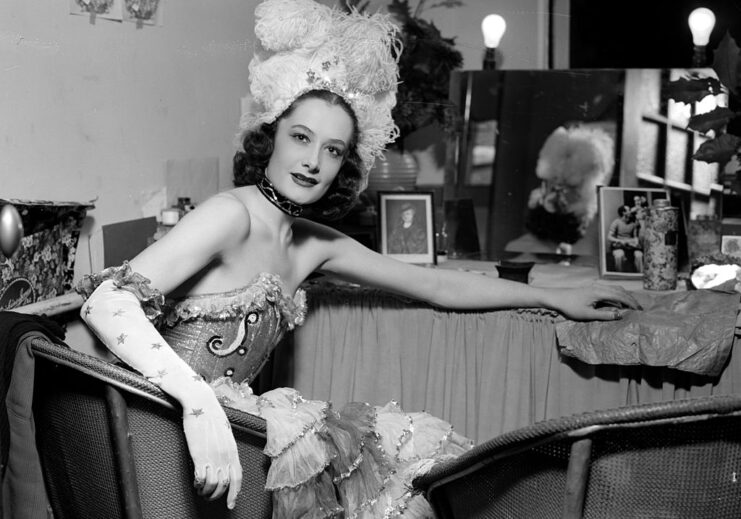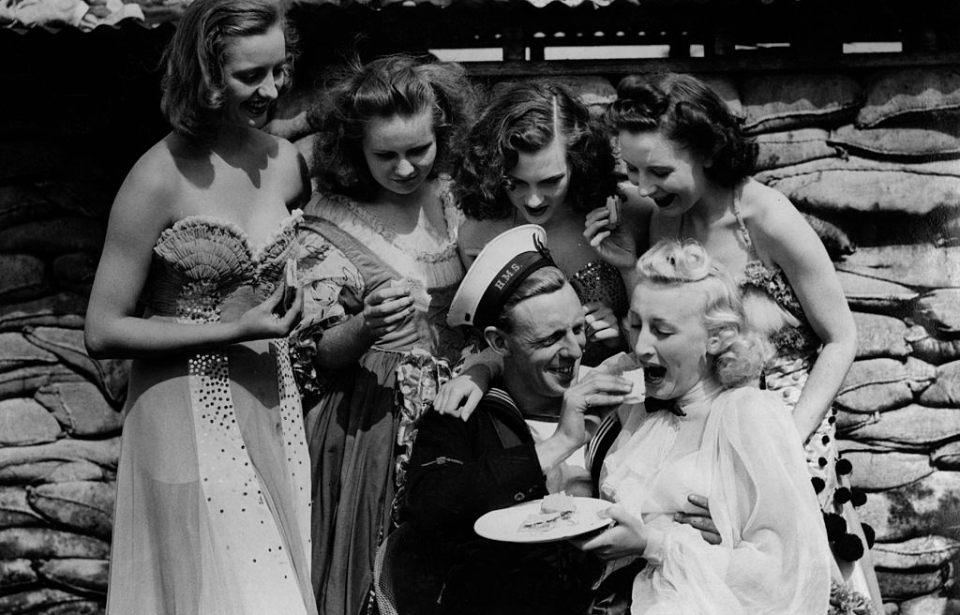Amidst the chaos and uncertainty of the Second World War, a group of women emerged as beacons of light and resilience. Known as the “Windmill Girls,” they played an essential role in boosting the morale of servicemen and the British public, all while defying societal norms and pushing the boundaries of artistic expression.
The Windmill Theatre, located in London’s West End, became home to the famous Windmill Girls. Initially, it showcased various forms of entertainment, but, as the war escalated, it transformed into a hub of patriotism and escapism. The Windmill Girls, led by their determined and charismatic manager, Laura Henderson, brought forth a new era of entertainment that lifted the spirits of the nation.
What set the Windmill Girls apart was their unique show – called Revudeville – which blended classic revue-style acts with tasteful nudity. Contrary to the conventional norms of the time, their performances focused on select naked women who were required to stand still. In doing so, they found a workaround for the United Kingdom’s strict censorship laws.
Sometimes dancers, props or costumes were used to hide certain parts of the women. In other instances, they weren’t.

While their shows were appealing for many, what really set the Windmill Girls apart was they performed for the duration of the Blitz. They only closed during a mandatory 13-day shutdown of theaters across London, but were back up and running soon after. They used the slogan “we never closed,” which patrons morphed into “we never clothed.”
The Windmill Girls’ performances weren’t merely a form of entertainment – as aforementioned, they also served as a means of boosting morale. Many servicemen, preparing for battle or recovering from the horrors of the front, found solace and respite in the glamorous and enchanting theater.
The Featured Image of this article is a photo of an unidentified sailor doing just that. On August 9, 1941, during a break in one of the performances, he spent time with some of the famous Windmill Girls, sharing some “National Wheatmeal Bread.”
More from us: Soviet Sappers ‘Contributed Significantly’ to the USSR’s Defense During World War II
